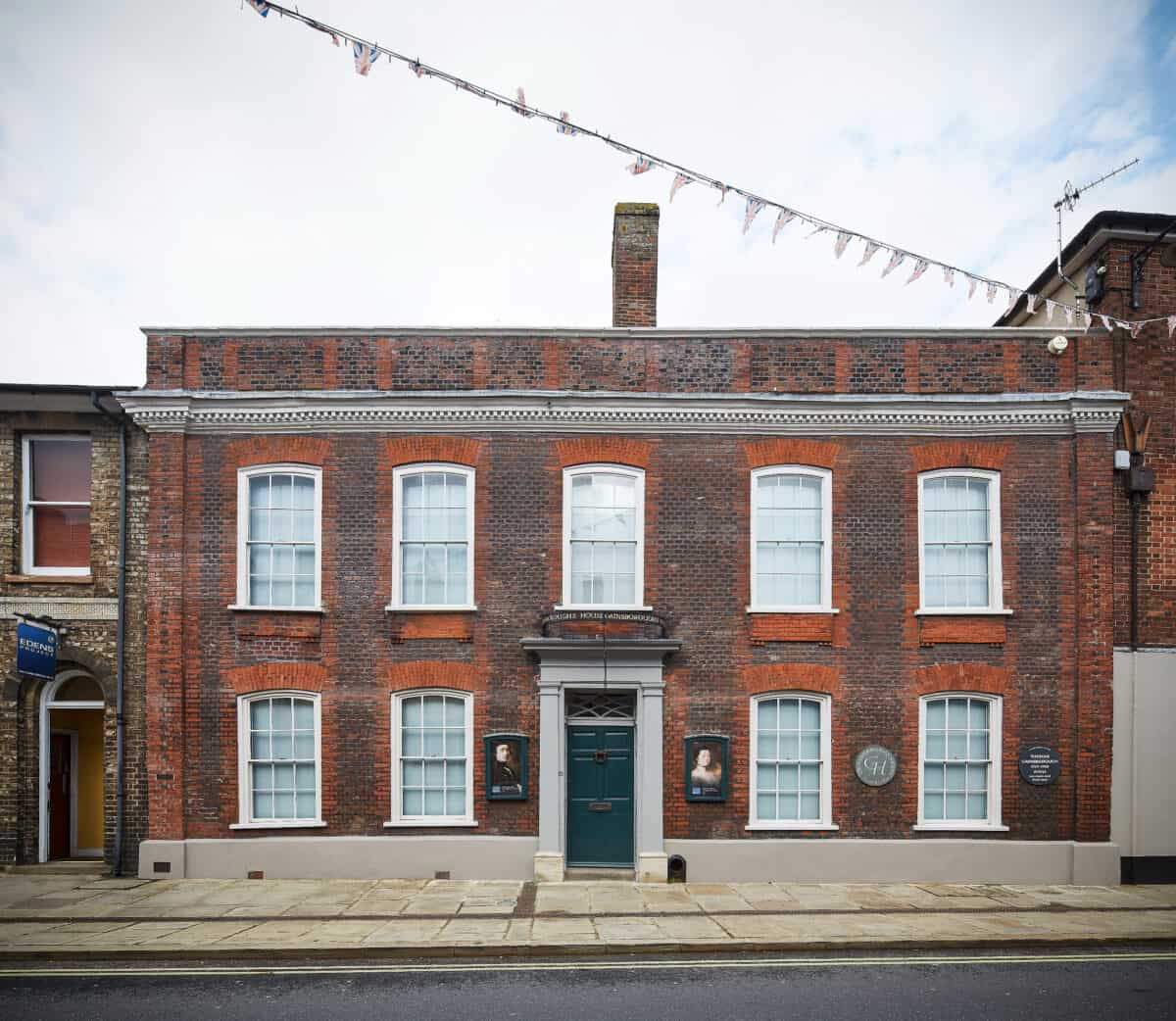
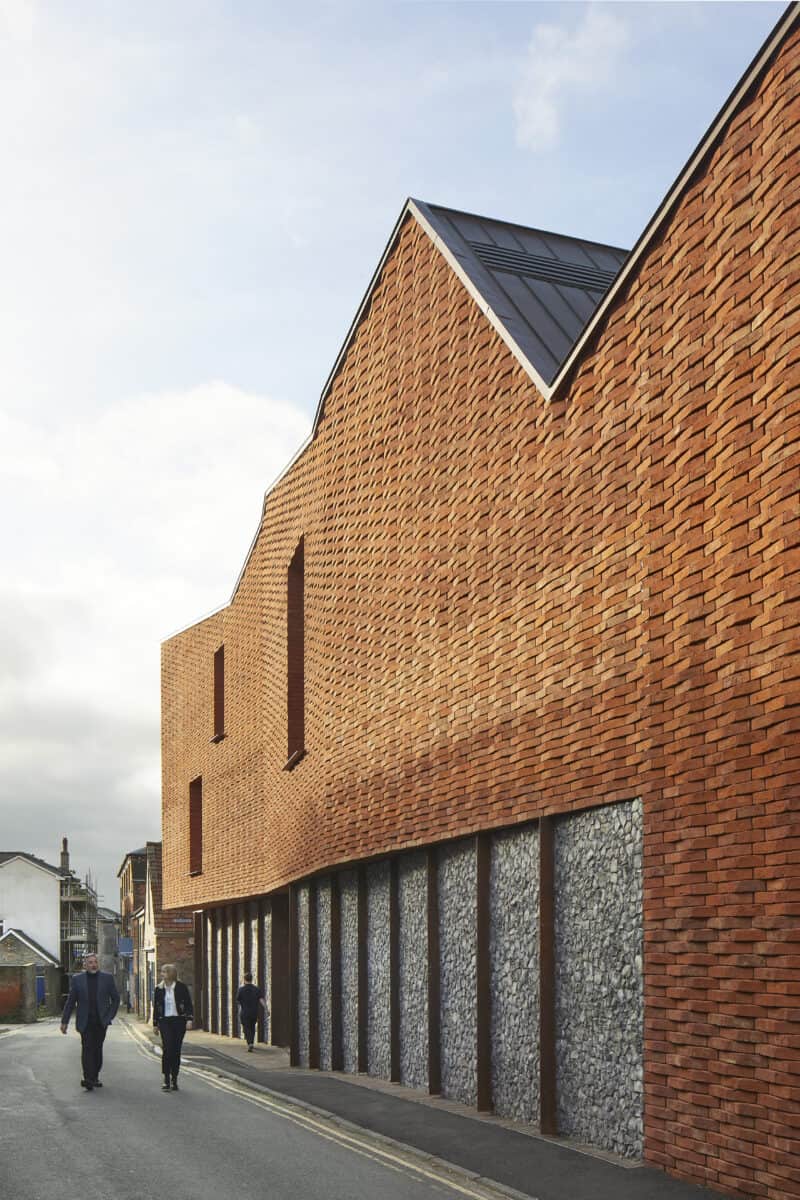
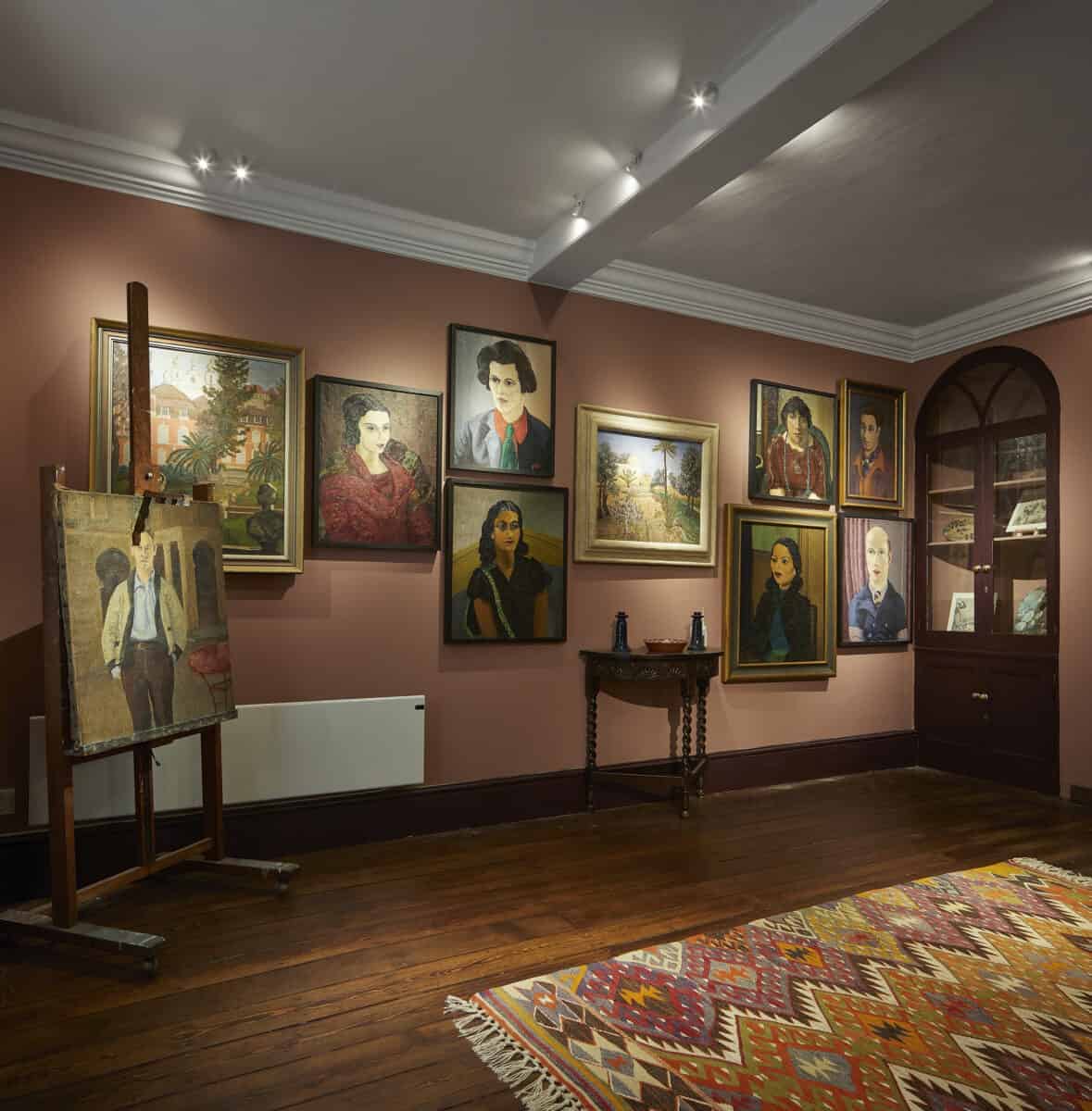
House ©Hufton+Crow
Gainsborough’s House, the childhood home of one of Britain’s most important artists is now open to the public following a transformational redevelopment to create an international centre for Thomas Gainsborough, and the largest gallery in Suffolk. The opening displays present the world’s most comprehensive collection of Thomas Gainsborough (1727-1788), telling the full story of the artist’s life and work, as well as showcasing the widespread influence he had on his contemporaries, and succeeding generations.
Highlights include:
- The Gainsborough Gallery (New Building, Ground Floor): Lined with Sudbury silk damask, this gallery is devoted to the greatest work by Gainsborough, bringing together twenty portraits and landscapes made throughout his career from the collection at Gainsborough’s House, as well as from public and private collections, including Tate Britain and the National Portrait Gallery.
- Early Gainsborough (Historic House, Ground Floor): Explores Gainsborough’s early life in Suffolk, including Gainsborough family portraits and landscapes in the setting of a mid-18th century interior.
- Finnis Scott Painting Room (Historic House, Ground Floor): Recreates an 18th century ‘Painting Room’ and print studio, complete with printing press, easel, anatomical plaster casts and north facing windows, particularly important when painting from life.
- Cedric Morris Room (Historic House, Ground Floor): Introduces the significant collection of Cedric Morris (1889-1982), gifted to Gainsborough’s House by Maggi Hambling and Robert Davey in 2017.
- The Music Room (Historic House, First Floor): Celebrates Gainsborough’s loveofmusic as a listener, performer, and a depicter of musicians, displaying his harpsichord, alongside works such as his portrait of the 18th century composer Joseph Gibbs.
- The Constable Room (Historic House, First Floor): Inspired by Gainsborough’s landscape painting, Gainsborough’s House provides the only gallery setting where landscapes by John Constable (1776–1837) can be seen in the vicinity of ‘Constable Country’, alongside important objects from his studio, such as his paintbox and geology cabinet.
- David Pike Drawing Gallery (Historic House, Second Floor): The first in a series of temporary displays presents Gainsborough’s depiction of Ignatius Sancho (c.?1729 –1780). Born on a ship carrying enslaved people bound for the Spanish West Indies, Sancho was the first black man in Britain to vote and the first to receive an obituary in the press. Central to the partnership display with the National Portrait Gallery is a rare copy of Gainsborough’s portrait in miniature of Ignatius Sancho, which was purchased jointly by Gainsborough’s House and the National Portrait Gallery in 2018. This forms part of the National Portrait Gallery’s National Skills Sharing Partnership programme, which includes an extensive programme of nationwide activities, funded by The National Heritage Lottery Fund and Art Fund.
For the first time, Gainsborough’s House will host major exhibitions in the new building’s Timothy & Mary Clode Gallery and in the Sudbury Gallery. The inaugural exhibition presents:

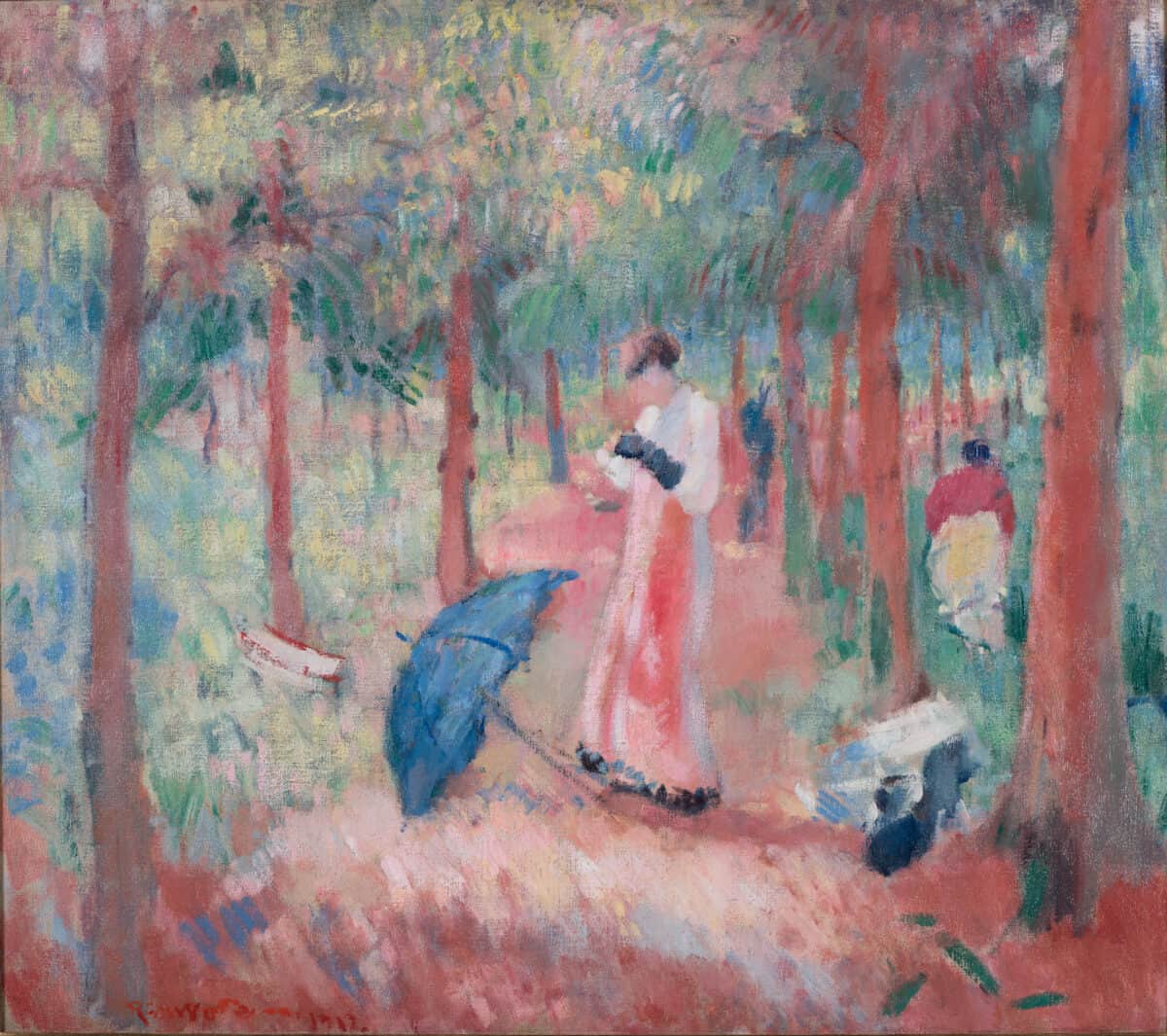
Painting Flanders: Flemish Art, 1880-1914: Organised by The Phoebus Foundation, Antwerp, the exhibition surveys a growing nostalgia for a pastoral age during Belgium’s Industrial Revolution through a selection of masterpieces by some of the most radical and influential painters of the time, including Emile Claus, Gustave Van de Woestyne, George Minne and Valerius De Saedeleer, James Ensor and Leon Spilliaert (until 26 February 2023).
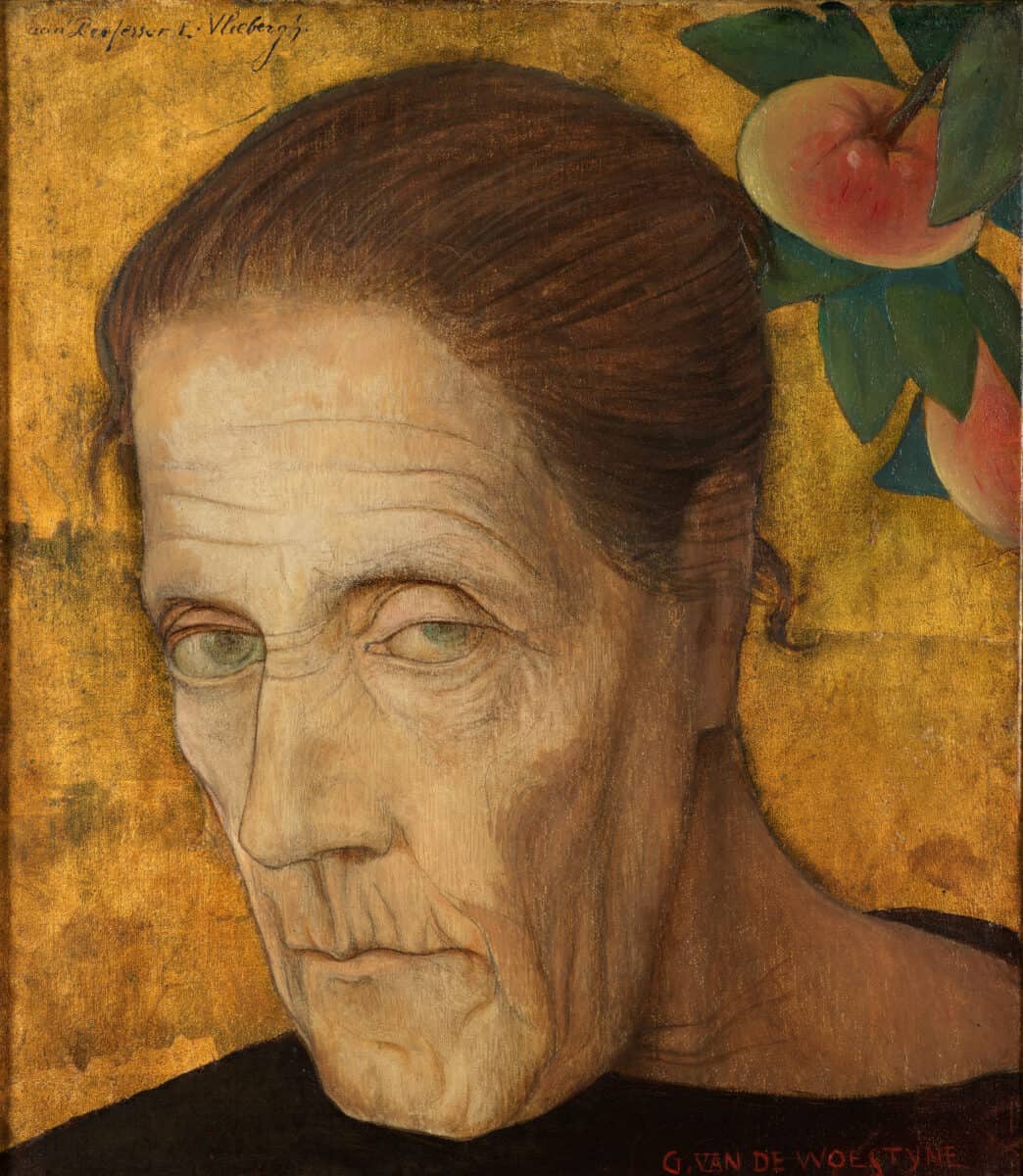
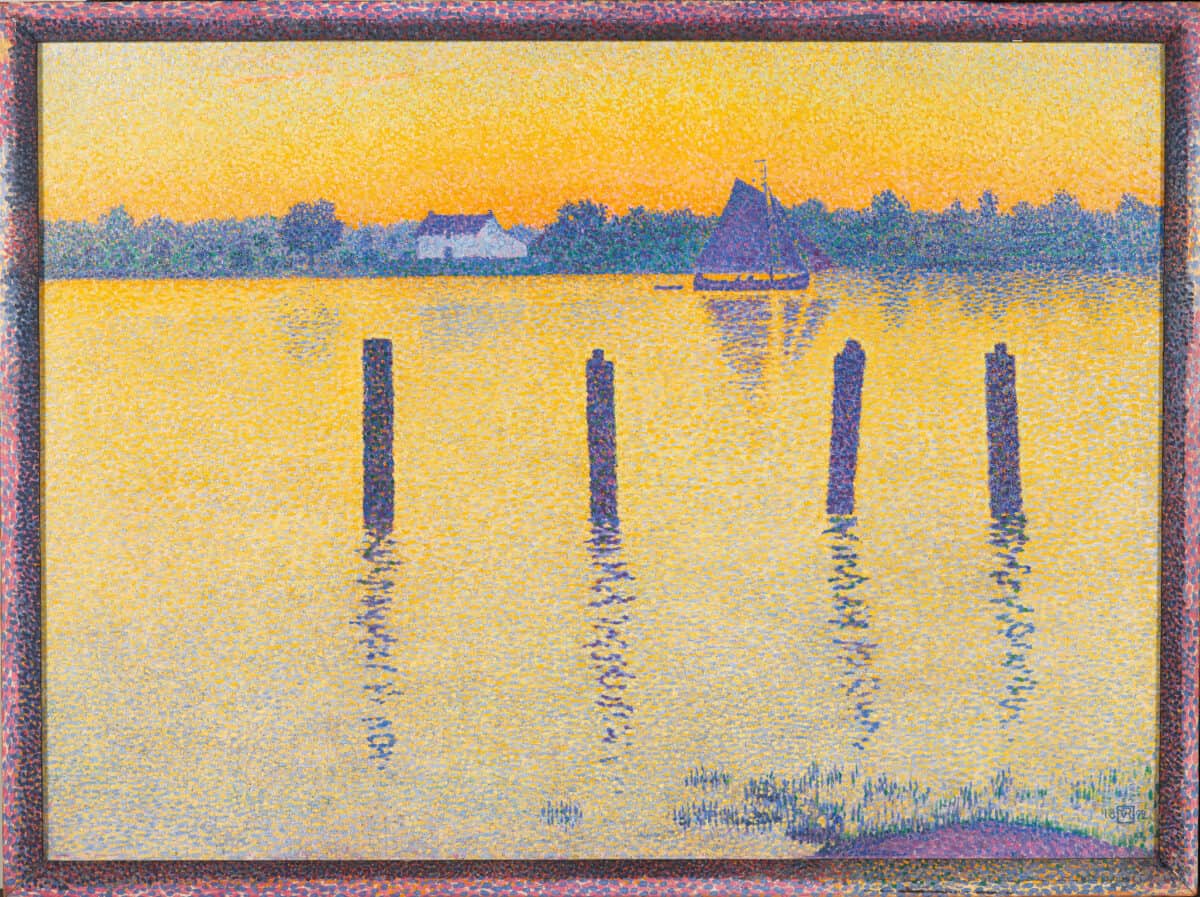
The £10 million transformational redevelopment, supported by The National Lottery Heritage Fund and led by the acclaimed architectural firm ZMMA, comprises a new three-storey building, designed in locally made brick and flint, housing a new entrance and four innovative galleries. On the third floor, the new Landscape Studio provides a flexible space for learning and events, featuring a Camera Obscura and spectacular views across the Suffolk landscape captured by Gainsborough in his painting.
The scheme has also included careful restoration of the Grade I listed late medieval, Georgian and Regency townhouse, complemented by a rich palette of colours throughout the atmospheric galleries, and study centre. The reorganisation of the existing Weavers Lane Cottages has opened up access to the historical print workshop, the largest of its kind in Suffolk for established and emerging printmakers, offering traditional skills in printmaking to a new generation. The print workshop is a critical component of the transformation of Gainsborough’s House, creating an opportunity for printmakers to show and sell their work in seasonal exhibitions in the Sudbury Gallery. In addition, the open glass-faced Watering Place café and terrace create a tranquil environment overlooking the walled garden with its new serpentine ‘crinkle-crankle’ boundary wall, at the centre of which is a 400-year-old mulberry tree.
Mark Bills, Director, Gainsborough’s House, said:
The physical transformation of Gainsborough’s House will fundamentally change this historic site, enabling it to become an international centre for Thomas Gainsborough and a cultural hub in the heart of East Anglia, all within the unique environment of the artist’s birthplace and home. We are extremely grateful to the National Lottery players, trusts, foundations, and individuals who have generously supported this ambitious transformation which will ensure that Thomas Gainsborough continues to be a relevant force in art history and an inspiration for generations to come.
Gainsborough’s House, 46 Gainsborough Street, Sudbury, Suffolk CO10 2EU For booking and further information: gainsborough.org





